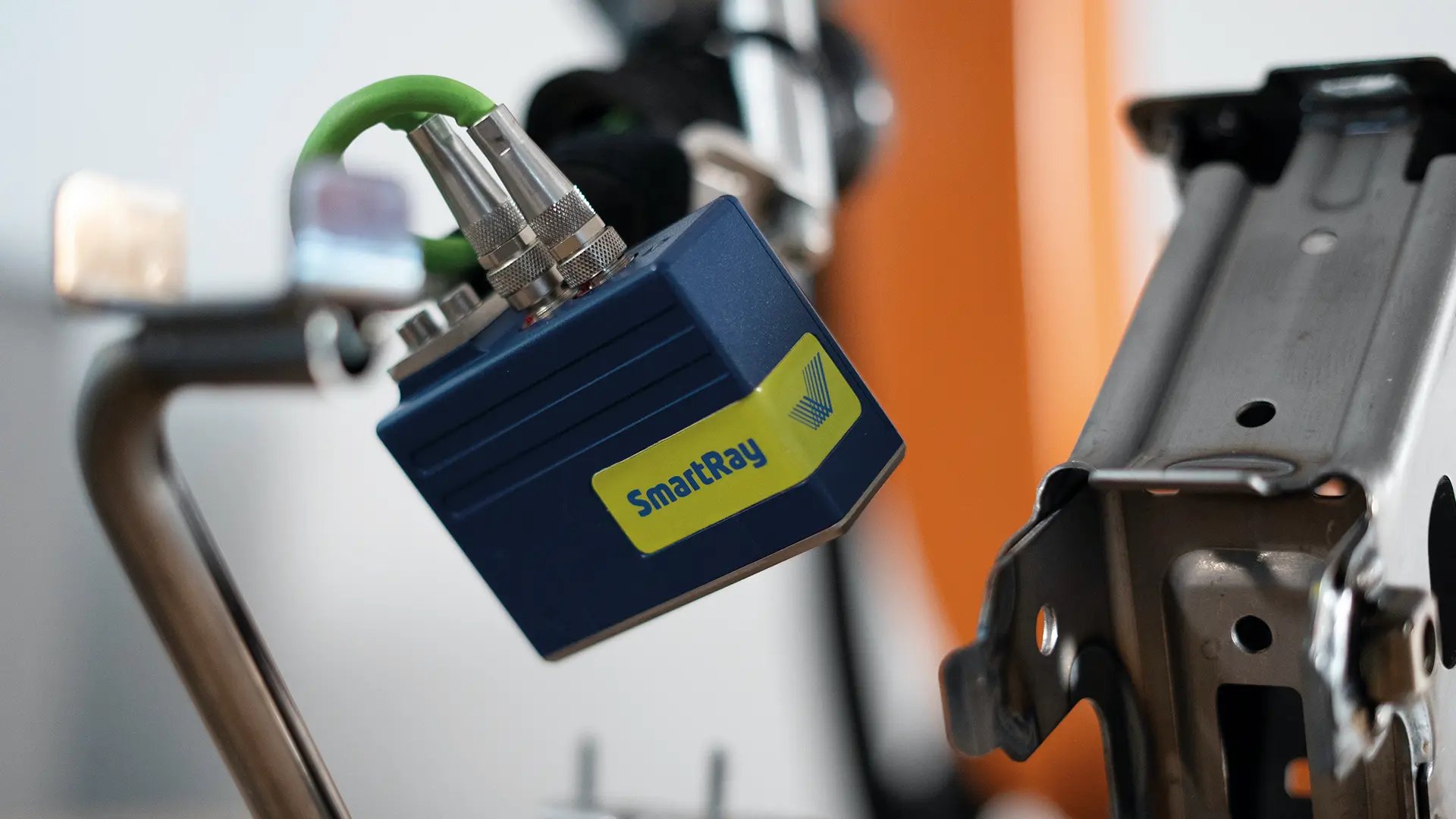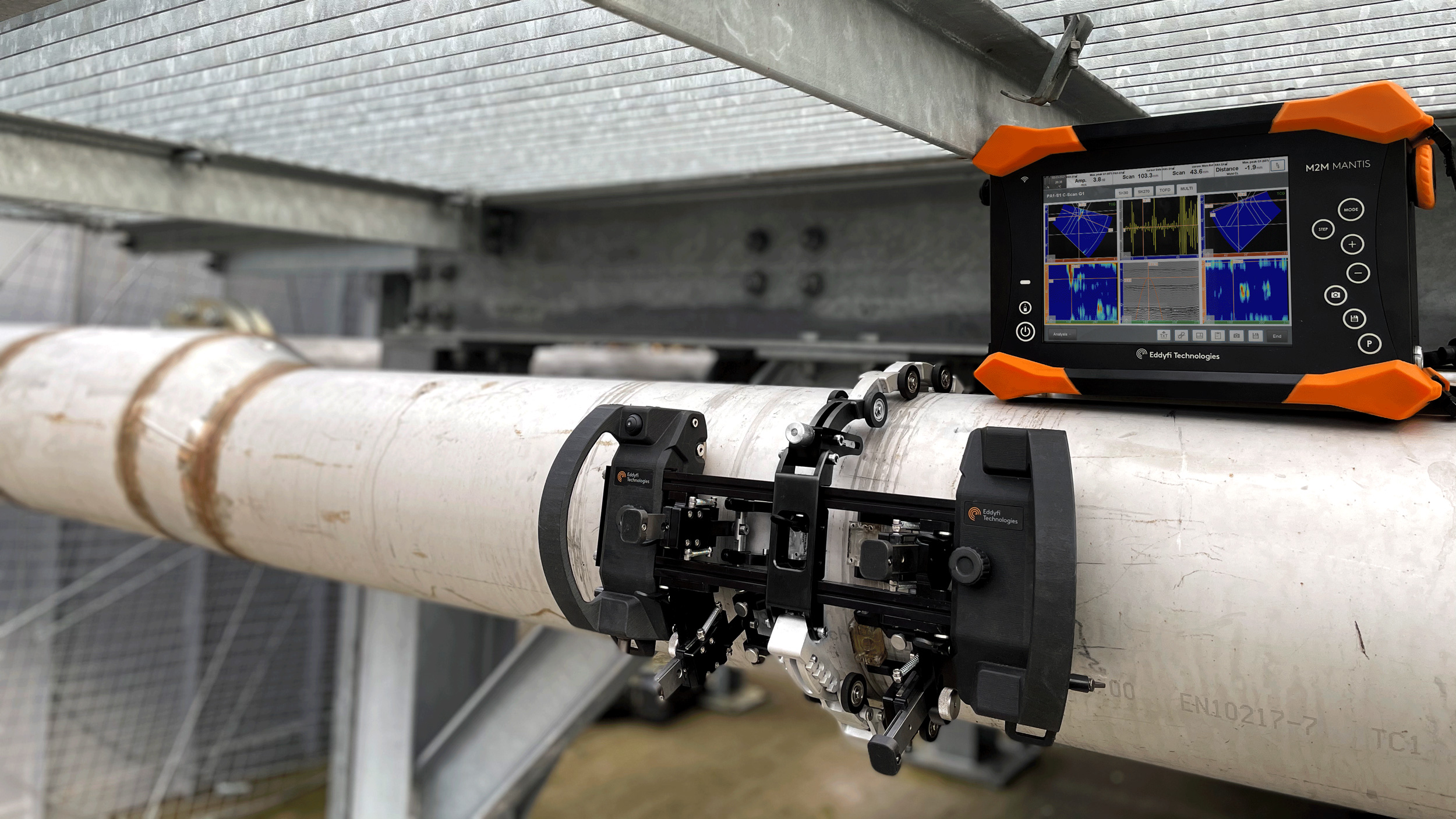Discovering the Right Provider for Welding Inspection Madison: Trick Considerations
Discovering the Right Provider for Welding Inspection Madison: Trick Considerations
Blog Article
Comprehending the Fundamentals of Welding Inspection to Make Certain Top Quality and Security
In the realm of contemporary engineering, welding examination stands as a cornerstone for guaranteeing both the quality and security of architectural productions. What are the nuances of these examination approaches that make them crucial for maintaining structural honesty?

Value of Welding Inspection
In the world of commercial manufacture, the relevance of welding assessment can not be overstated. Welding examination plays a critical function in making certain the stability, safety and security, and durability of bonded frameworks (Welding Inspection Madison).
The procedure of welding inherently involves complicated variables, consisting of temperature, product residential or commercial properties, and ecological problems, every one of which can affect the quality of the weld. A complete evaluation recognizes issues such as splits, porosity, and incomplete blend, which can endanger the toughness and dependability of the weld. By finding these concerns early, corrective activities can be taken, thus decreasing the threat of failure and associated expenses.
In addition, welding inspection adds to governing conformity, as numerous sectors are regulated by strict safety and security criteria and standards. Failure to stick to these laws can lead to lawful obligations and financial penalties. Eventually, welding assessment not only safeguards physical structures however additionally safeguards human lives and maintains market credibilities.

Trick Welding Evaluation Methods
Although welding evaluation is crucial to guaranteeing the quality and security of welded structures, it is the specific methods used that establish the performance of the examination process. Secret welding examination approaches can be extensively classified into non-destructive testing (NDT) and harmful testing. Non-destructive testing techniques such as visual assessment, ultrasonic screening, radiographic testing, magnetic particle testing, and fluid penetrant screening are largely utilized to examine the buildings of a weld without causing damage. Visual evaluation is usually the first step, entailing a thorough assessment of the weld's surface area for problems like cracks or porosity.
Ultrasonic and radiographic testing are advanced techniques that allow assessors to evaluate the interior stability of the weld. Ultrasonic testing makes use of high-frequency audio waves to detect stoppages, while radiographic testing utilizes X-rays or gamma rays to generate a photo of the weld's inside. Magnetic fragment testing and fluid penetrant screening are surface evaluation approaches utilized to situate surface area and near-surface defects. In contrast, destructive screening methods include literally damaging or cutting the weld to examine its mechanical residential or commercial properties. These thorough examination methods ensure that welds fulfill sector requirements and safety and security requirements, therefore guaranteeing architectural stability and performance.
Duty of Certified Assessors
Certified examiners play a pivotal role in the welding evaluation procedure, making certain that all welds conform with rigid sector standards and safety and security laws. Their expertise is crucial in recognizing problems or abnormalities click to read that may jeopardize the structural honesty of a weld. By thoroughly examining each weld, certified assessors aid prevent possible failings that can bring about costly repairs or dangerous accidents.
To end up being qualified, inspectors must go through rigorous training and testing, which familiarizes them with numerous welding strategies, materials, and testing methods. This detailed expertise allows them to review weld quality properly and make notified judgments about their safety and security and reliability. Moreover, qualified inspectors are skilled in analyzing plans and specifications, making sure that the welding work aligns with the project's layout demands.
An indispensable part of their duty is to record their findings extensively, offering a thorough record of the examination process. Their contribution is vital in maintaining high degrees of high quality and safety and security in welding operations.

Tools Used in Welding Assessment
Welding inspectors depend on a range of specialized devices to perform their tasks successfully, guaranteeing each weld meets the necessary criteria. Among these devices, aesthetic inspection aids like multiplying glasses and mirrors are essential, allowing inspectors to closely examine welds for surface area issues such as cracks, porosity, and undercut. Calipers and fillet weld assesses are crucial for gauging weld dimensions to validate conformity with design specs.
Advanced tools extend beyond visual aids, including non-destructive screening (NDT) equipment. Ultrasonic screening devices are essential in discovering subsurface defects, making use of sound waves to expose interior gaps without compromising the weld's honesty. Similarly, radiographic testing utilizes X-rays or gamma rays to catch images of a weld's inside, highlighting possible flaws.
Magnetic bit screening is one more vital device, specifically for spotting surface additional reading and near-surface discontinuities in ferromagnetic materials. By using ferrous fragments and magnetic fields, examiners can identify problems that might otherwise be unnoticeable.
Dye penetrant inspection is typically utilized for non-ferrous products, offering a contrast-enhanced aesthetic look for surface-breaking issues. Welding Inspection Madison. Together, these tools make it possible for welding inspectors to adequately analyze weld high quality, making sure safety and security and reliability in different applications throughout industries
Ensuring Architectural Honesty

Welding treatments have to abide by established standards and codes, such as those specified by the American Welding Culture (AWS) or the International Company for Standardization (ISO) These guidelines make certain that the welds can endure environmental variables and operational anxieties. Qualified and accredited welders play an essential function in this process, as their know-how makes sure that strategies are used appropriately, decreasing problems such as splits, porosity, and insufficient blend.
Post-weld inspection is one more crucial part of confirming structural honesty. These inspections confirm that the welds satisfy the needed high quality criteria, giving assurance of their sturdiness and dependability.
Conclusion
The basics of welding assessment are crucial for maintaining the high quality and safety of bonded structures. The use of specialized devices further improves the examination process, inevitably protecting human lives and extending the life-span of bonded buildings.
Welding evaluation plays a crucial role in ensuring the stability, safety, and durability of welded try this website frameworks.Although welding inspection is critical to making certain the top quality and safety and security of bonded structures, it is the details techniques used that establish the efficiency of the assessment process. Trick welding inspection techniques can be broadly classified right into non-destructive testing (NDT) and devastating screening.Licensed inspectors play a critical duty in the welding inspection procedure, making certain that all welds conform with strict market criteria and safety guidelines.The principles of welding examination are crucial for keeping the top quality and safety of welded frameworks.
Report this page